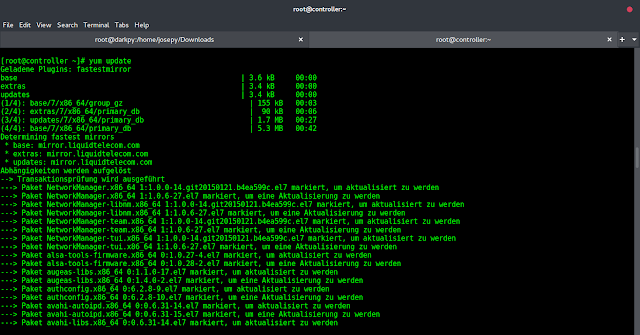ArrayList class is a resizable array, present in ‘java.util package’. The difference between a built-in array and an ArrayList in Java, is that the size of an array cannot be modified (i.e. if you want to append/add or remove element(s) to/from an array, you have to create a new array. However, elements can be added/appended or removed from an ArrayList without the need to create a new array.
Approaches :
- Using clear() method.
- Using removeAll() method.
Method 1: Using clear() method as the clear() method of ArrayList in Java is used to remove all the elements from an ArrayList. The ArrayList will be completely empty after this call returns.
Syntax:
public void clear() ;
Parameters: clear function takes no parameter
Return Value: This method does not return any value.
Exception: NA
Example:
Java
// Java Program to empty an ArrayList in Java// Illustrating clear functionimport java.util.ArrayList;public class GFG { // Main driver method public static void main(String[] arg) { // Create an empty array list // with an initial capacity of 4 ArrayList<String> numbers = new ArrayList<String>(4); // Use add() method to add elements // in numbers ArrayList numbers.add("10"); numbers.add("20"); numbers.add("30"); numbers.add("40"); // Printing numbers ArrayList System.out.println("Numbers ArrayList : " + numbers); // Finding size of numbers ArrayList int numbers_size = numbers.size(); // Display message System.out.println("Numbers ArrayList consists of: " + numbers_size + " elements"); // Display Message to between changes made in // ArrayList // System.out.println("Performing clear operation by // using clear function"); // Using clear function numbers.clear(); int numbers_size_new = numbers.size(); // Printing new ArrayList System.out.println( "Finally Numbers ArrayList consists of: " + numbers_size_new + " elements"); }} |
Numbers ArrayList : [10, 20, 30, 40] Numbers ArrayList consists of 4 elements Performing clear operation by using clear function Finally Numbers ArrayList consists of 0 elements
Method 2: Using removeAll() method as this method of ArrayList class is used to remove from this list all of its elements that are contained in the specified collection.
Syntax:
public boolean removeAll(Collection c) ;
Parameters: This method takes collection c as a parameter containing elements to be removed from this list.
Return Value: This method returns true if this list changed as a result of the call.
Exception/s: This method throws NullPointerException if this list contains a null element and the specified collection does not permit null elements (optional), or if the specified collection is null.
Example:
Java
// Java Program to empty an ArrayList in Java// Java code to illustrate removeAll function// Importing ArrayList libraryimport java.util.ArrayList;public class GFG { // Main driver method public static void main(String[] arg) { // Create an empty array list // with an initial capacity of 4 ArrayList<String> numbers = new ArrayList<String>(4); // Using add() method to add elements in numbers // ArrayList numbers.add("10"); numbers.add("20"); numbers.add("30"); numbers.add("40"); // Printing numbers ArrayList System.out.println("Numbers ArrayList : " + numbers); // Finding size of numbers ArrayList int numbers_size = numbers.size(); // Display message System.out.println("Numbers ArrayList consists of " + numbers_size + " elements"); // Display Message System.out.println( "Performing clear operation by using clear function"); // Using removeAll function numbers.removeAll(numbers); // Displaying final ArrayList count of elements int numbers_size_new = numbers.size(); System.out.println( "Finally Numbers ArrayList consists of " + numbers_size_new + " elements"); }} |
Numbers ArrayList : [10, 20, 30, 40] Numbers ArrayList consists of 4 elements Performing clear operation by using clear function Finally Numbers ArrayList consists of 0 elements




